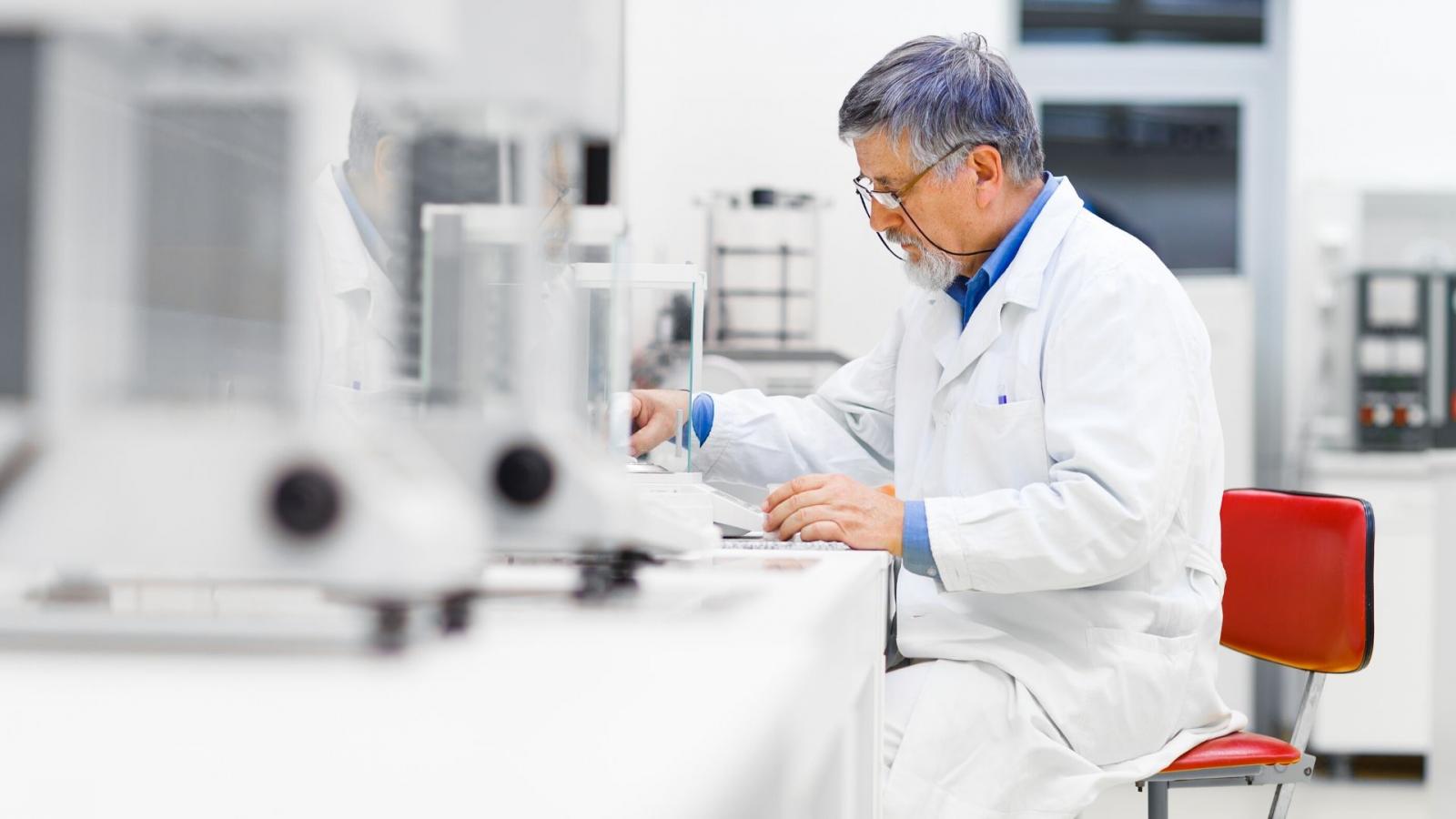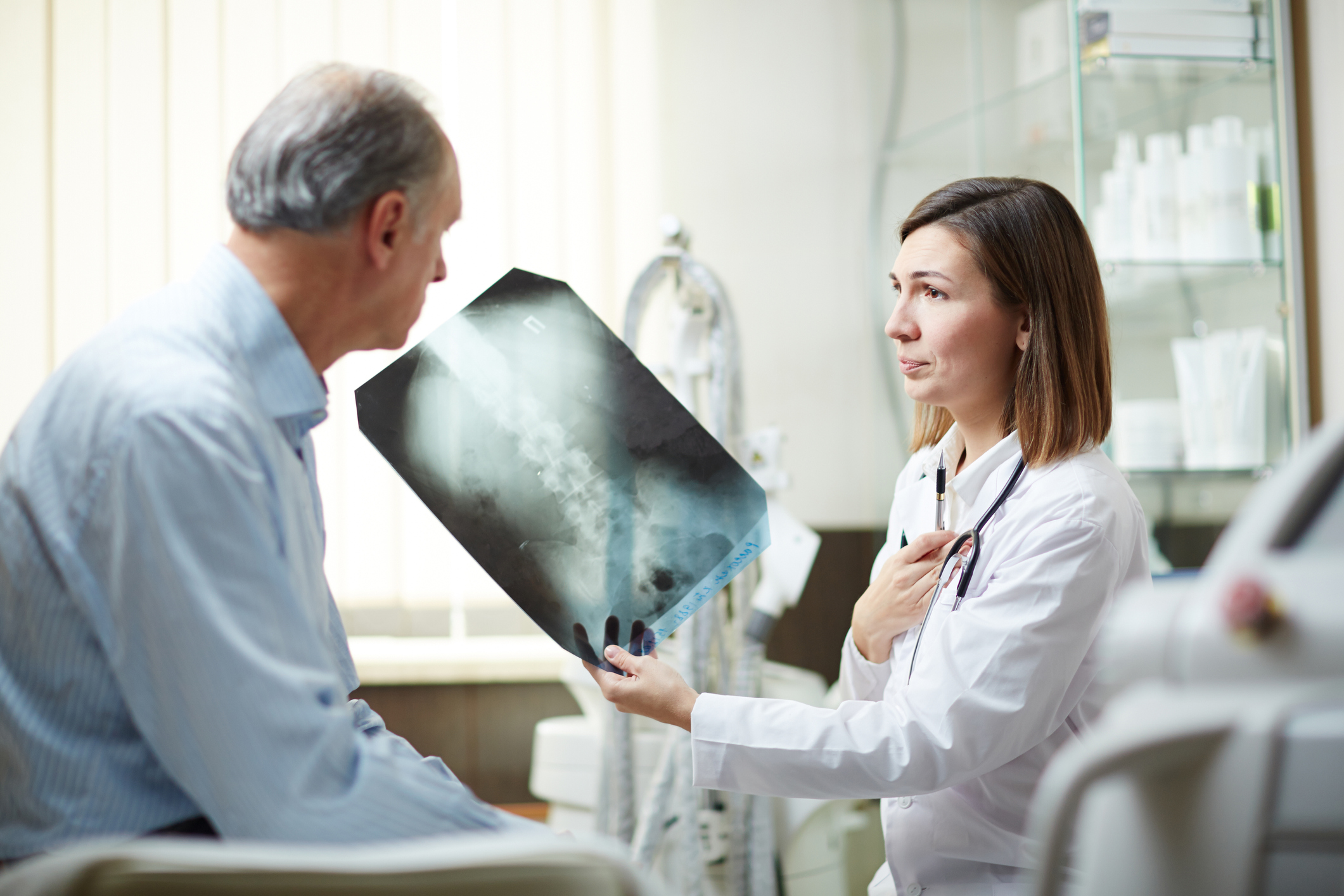Lymph node biopsy

A small operation, usually with a local anaesthetic, to take samples of your lymph node to see if they contain cancer cells.
Types of lymph node biopsy
Needle biopsy
A fine needle is put into your lymph node and used to take a sample of cells. You will have a local anaesthetic to numb the area. It only takes 10-15 minutes and you can normally go home afterwards.
Open biopsy
This is a small operation where some or all of a lymph node is removed through a small cut in your skin. You will usually have an injection of local anaesthetic to numb the area, but in some cases you may have a general anaesthetic so that you are asleep during the biopsy. It depends where the lymph node is – if it’s closer to the skin it’s usually easier to remove.
You will have stitches to close the cut and a dressing to keep the area clean. The area might be tender and sore for a few days afterwards. As your hospital team about which painkillers you should take if you have any pain. If the pain gets worse, tell the hospital.
After the test
Usually you can go home soon after the biopsy. If you have a general anaesthetic, you will stay in hospital until you have fully recovered – usually a few hours.
Make sure you arrange for someone to take you home as you’re not allowed to drive for 24 hours after a general anaesthetic.
Your stitches will need to be removed a week or so after the biopsy. Your hospital team will let you know who will be removing the stitches. The results of the biopsy usually take a week or so to come back.
Are there any risks / side effects?
The biopsy area might be a bit sore for a few days. Ask your medical team about which painkillers you should take if you have any pain.
Tell the doctor if the pain carries or gets worse, or if you have signs of infection, such as a high temperature, chills or redness, swelling or discharge around your wound.
For more information
Phone
1800 200 700



